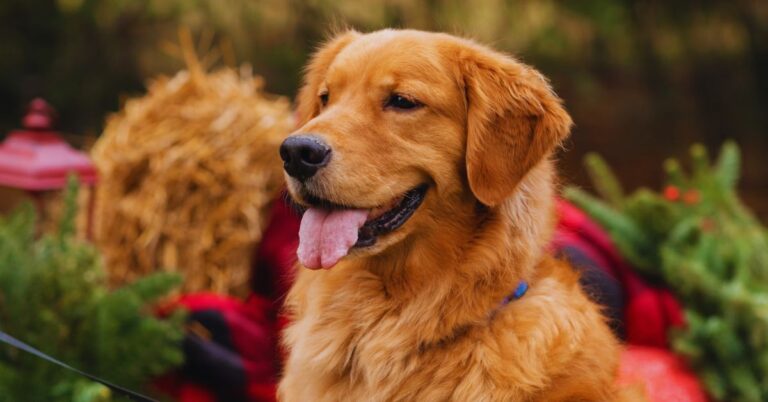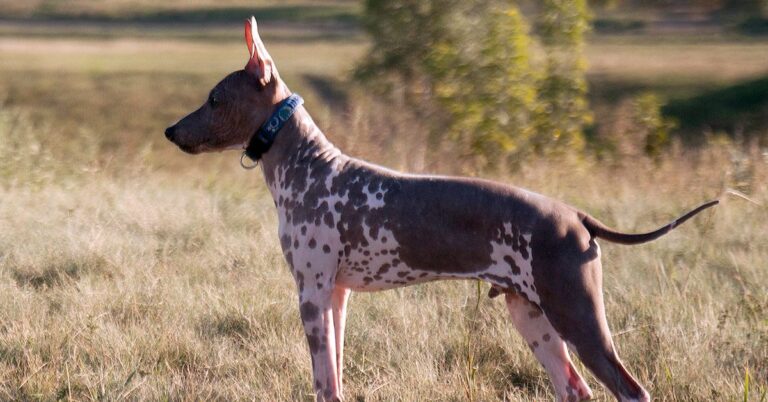Meet The Tamaskan: 10 Facts That Set It Apart
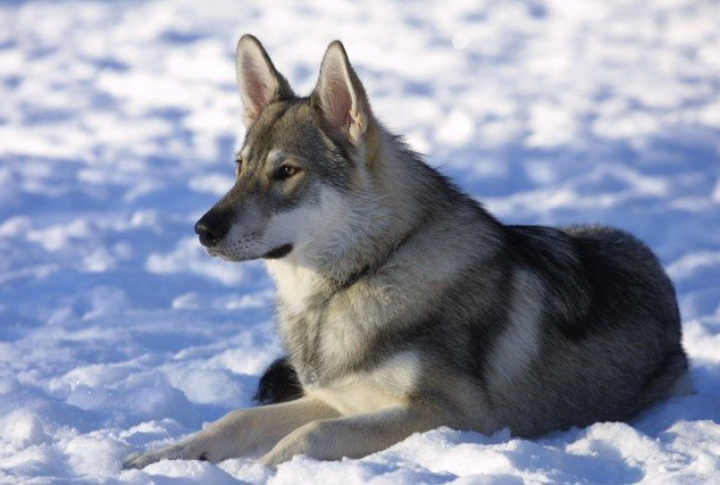
A Tamaskan Dog draws second glances wherever it goes. With a striking presence and a calm, confident way of moving through the world, it leaves a strong impression without saying a word. However, there’s more to this breed than good looks and quiet strength. Here’s what makes the Tamaskan truly special.
Resemblance Of A Wolf
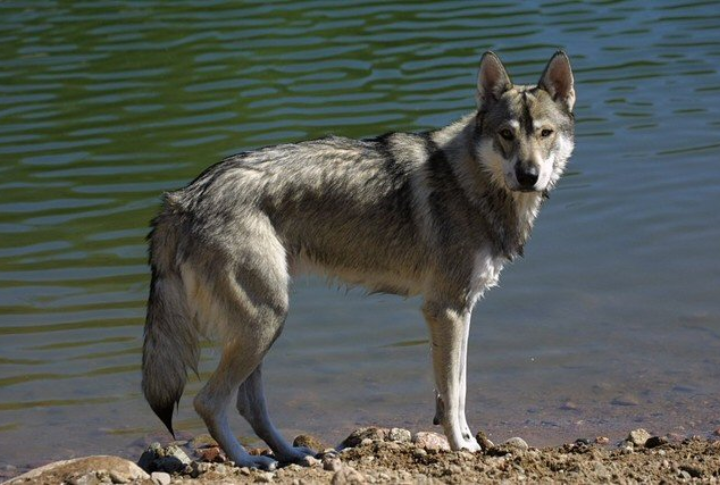
With their thick double coats and upright ears, Tamaskans look like wolves from a distance and up close. Their dense tails and varied shades—ranging from black-grey to red-grey to classic wolf-grey—add to their untamed appearance. But their intense gaze hides a gentle, friendly nature rather than aggression.
Originated In Finland
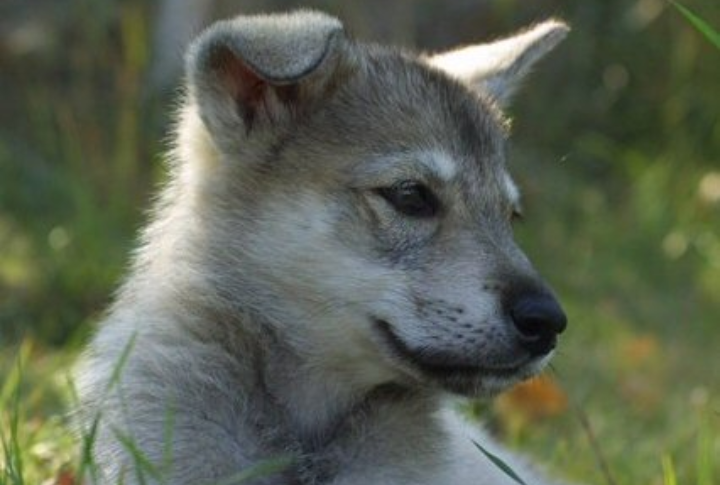
In the 1980s, Finnish breeders crossed Siberian Huskies, Alaskan Malamutes, and German Shepherds to develop a lupine working dog. The goal wasn’t untamed looks alone—they wanted a capable sled dog with reliable instincts. The result became the Tamaskan, now maintained through an official breed register.
Highly Intelligent And Trainable

These dogs are natural competitors. Agility, obedience, and service roles suit them well because they love working with purpose. Their focus sharpens with training that challenges them, and when they’re engaged, they excel. Left without direction, though, their active minds often lead to restlessness.
Great Family Companions

They’re bright and energetic, but Tamaskans also have a gentle side, especially around kids. They connect closely with their household and dislike being left alone for long stretches. The breed’s easygoing nature around other pets helps them settle into family routines. Some even become trusted support animals, too.
Born To Move And Compete
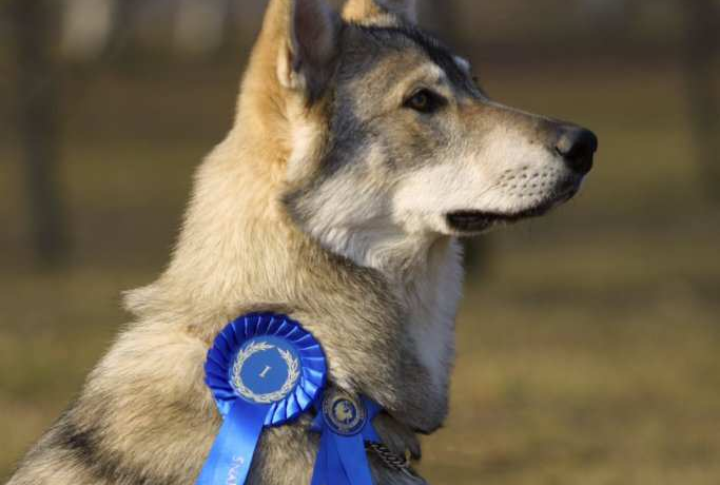
This breed doesn’t take days off. A Tamaskan’s stamina and determination push them to stay active, and regular challenges are key to their well-being. When exercise is lacking, they’ll create their own chaos. Structured outlets—like distance running or mental games—help manage their energy in a healthy way.
Rare But Growing In Popularity
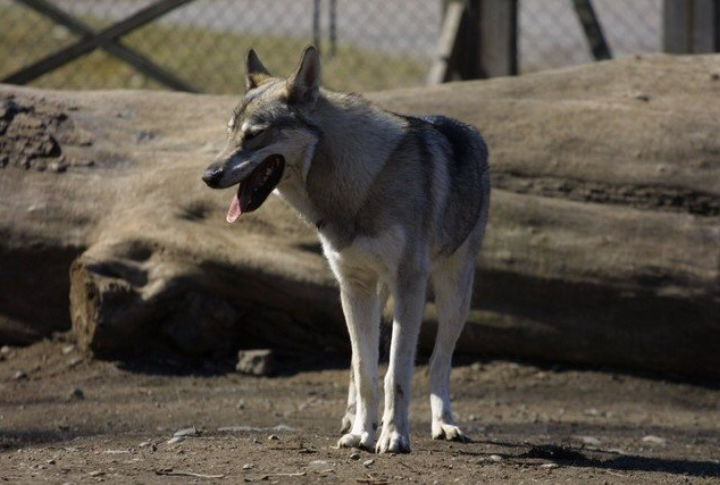
They’re still rare in most neighborhoods, but interest in the Tamaskan is picking up. Their lupine build and keen abilities have captured attention beyond working-dog circles. Breeders are growing the population carefully, while exposure through dog shows and online platforms continues to raise their profile.
Thrives In Cold Climates
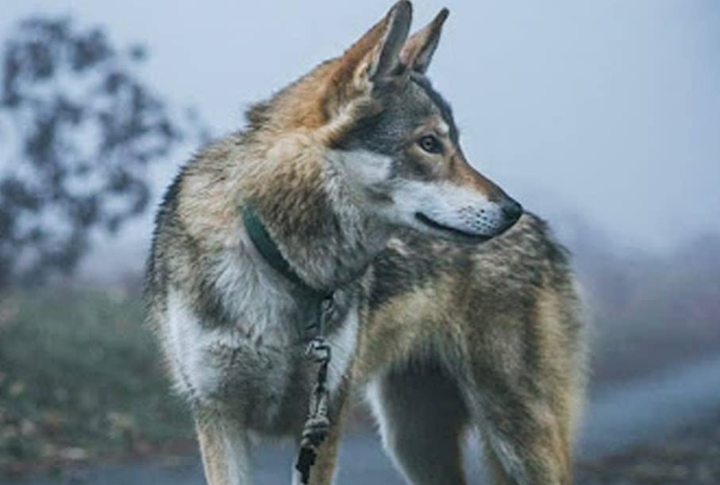
Tamaskans look winter in the face and keep moving. Their double coat sheds snow and locks in warmth, letting them enjoy the cold without discomfort. Still, they’re not built for nonstop exposure. Safe shelter remains essential when temperatures dip dangerously low or storms roll in.
Not Ideal For First-Time Dog Owners

This breed needs more than walks and basic obedience; Tamaskans may grow stubborn or hard to manage without proper guidance. Experienced owners are better suited for Tamaskans because of the dog’s drive and active nature. It takes time for someone new to dogs to adjust, and the demands don’t slow down.
Distinct From Other Wolf-Like Breeds
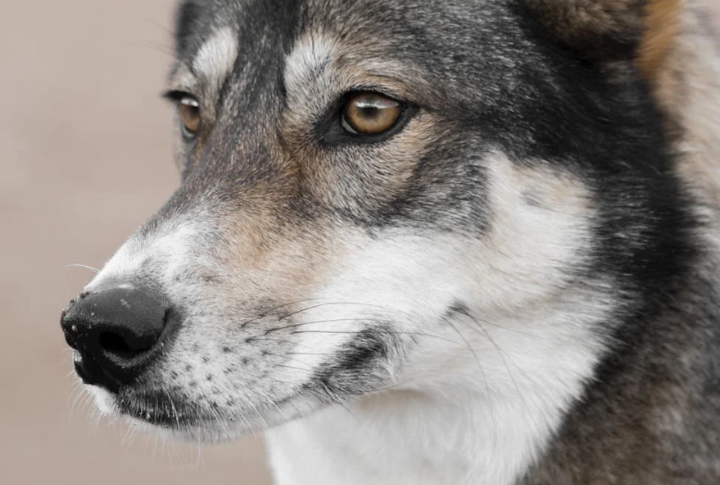
While their name translates to “mighty wolf,” Tamaskans are not wolfdogs. Unlike Utonagans or Northern Inuit Dogs, they have no recent wolf ancestry. The breed was developed for reliability and skill, not wild instincts—making them a separate, purpose-bred type that only looks like it came from the woods.
Tamaskans Have A Long Lifespan

Few large breeds match the Tamaskan’s longevity. Many live 14 to 16 years, staying energetic well into old age. Their sturdy genetics support overall health, but upkeep matters, too. Regular vet care and a balanced daily routine help them stay active throughout their senior years.
